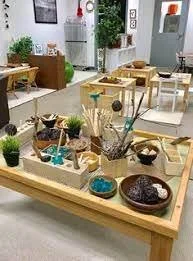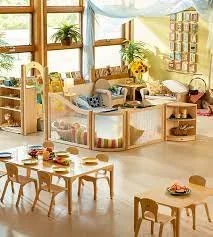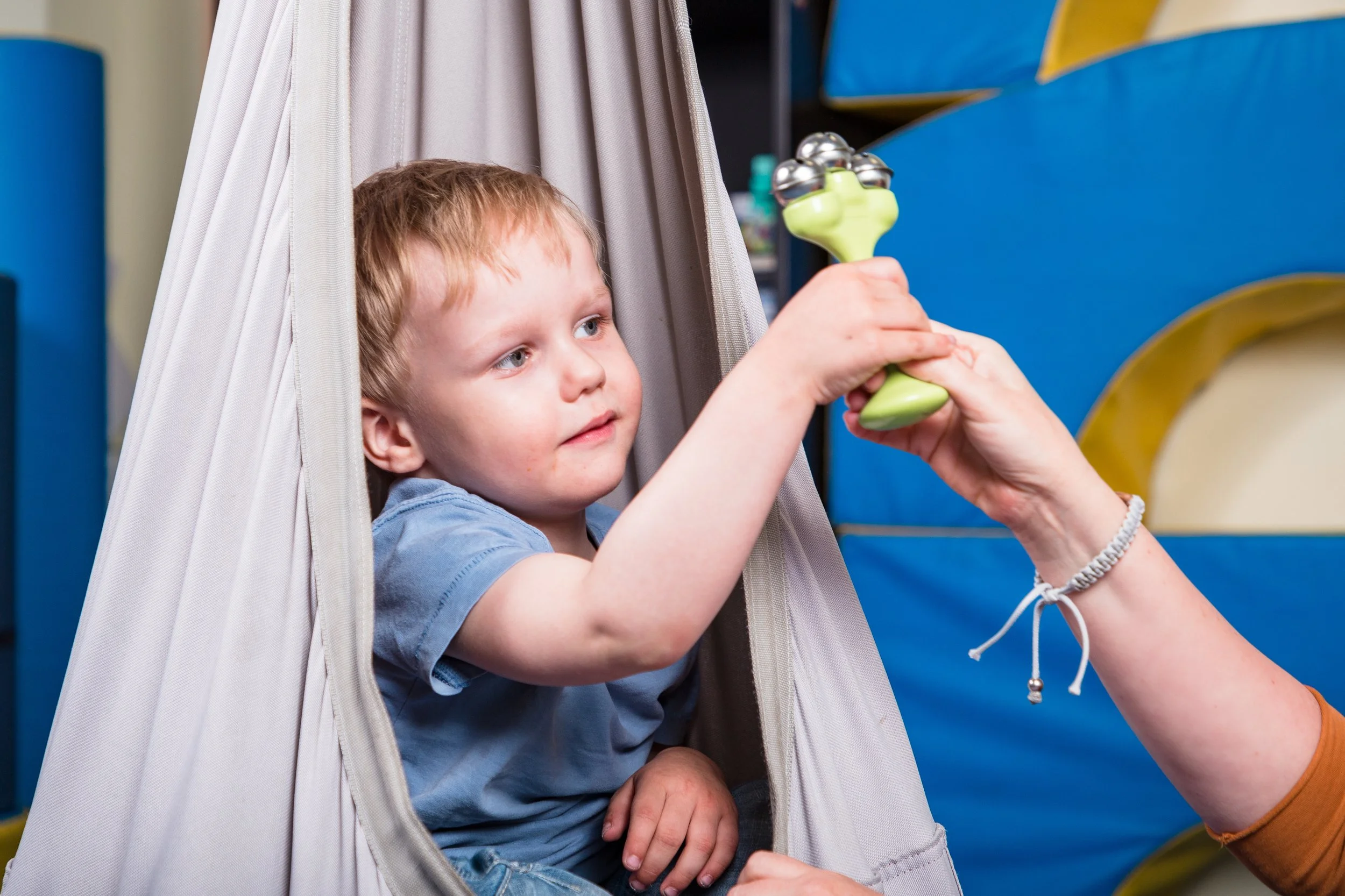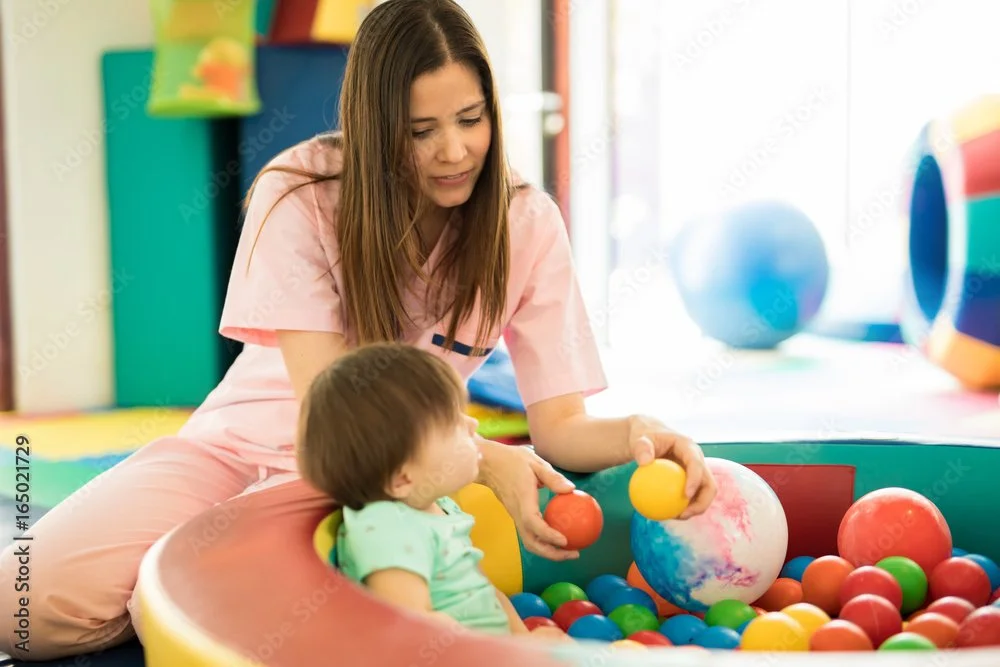Learning Spaces To
support sensory Regulation
Aesthetically pleasing, trigger free environments to support learning
Do you need help to recognise how your room set up may be triggering sensory issues in children who experience sensory overload?
I can give you tips on how to resolve these issues while keeping your room aesthetically pleasing and functional.
When working in early childhood services I implemented changes such as:
providing sensory toys
enclosed spaces
positioning furniture to have a clear line of traffic and reduce distractions that may affect concentration when doing table activities
opportunities for sensory experiences such playdough, fingerpainting, goop
dimmer lighting
reducing noise by using floor or wall coverings or setting ceiling fans to the lower setting.
After making these small changes we discovered that these improved the calmness in the room.
Disruptive and challenging behaviours are distracting and impact the entire room. Negative behaviours can be reduced by removing sensory triggers, a trigger free environment leads to more positive behaviours and a calmer learning environment. Resulting in improved learning and a potentially smoother day.
I can work with you to identify sensory issues in your room to assist with sensory regulation issues that individual children may experience.
Learn how this could be triggering behaviours.
Work with aesthetics to improve current behaviours.
Sensory regulation
Sensory issues
Solutions
Identify room challenges.
Discover simple swaps/changes which result in calmer children, engaged learning, day flows smoothly.
Increase in educator awareness so you can identify and change these triggers.
Identify triggers and replace or alter, these can be small to create calm learning spaces to engage children in their learning.
Results
Sensory friendly learning spaces
Trigger free learning spaces = calm, regulated children
Service
I work with Educators to step back and see their learning environment through the lens of sensory regulation, identify how it does or doesn’t support sensory regulation. Implement changes to support sensory regulation.
Hints and tips to support planning learning spaces
How it works:
2 hour onsite session face to face or online to assess the sensory triggers in the learning space – $400.00
Written report summarising observations and changes to be implemented - $150.00
2 Week - One Month Later Follow Up Session – 1 hour $200.00
Additional rooms can be assessed, cost to be negotiated.
I combine 30 years of early childhood experience and 21 years as mum of two children with a disability to develop resources and programs to support early childhood educators and parents. I have worked in preschools and long day care centres in the roles of teacher and director, with KU as an inclusion Facilitator and Head of Department at Riverina TAFE. I currently work with NDIS participants connecting them to the services they need through their NDIS plan.
Send me a message to move this forward…button click to contact - or contact form to express interest.




